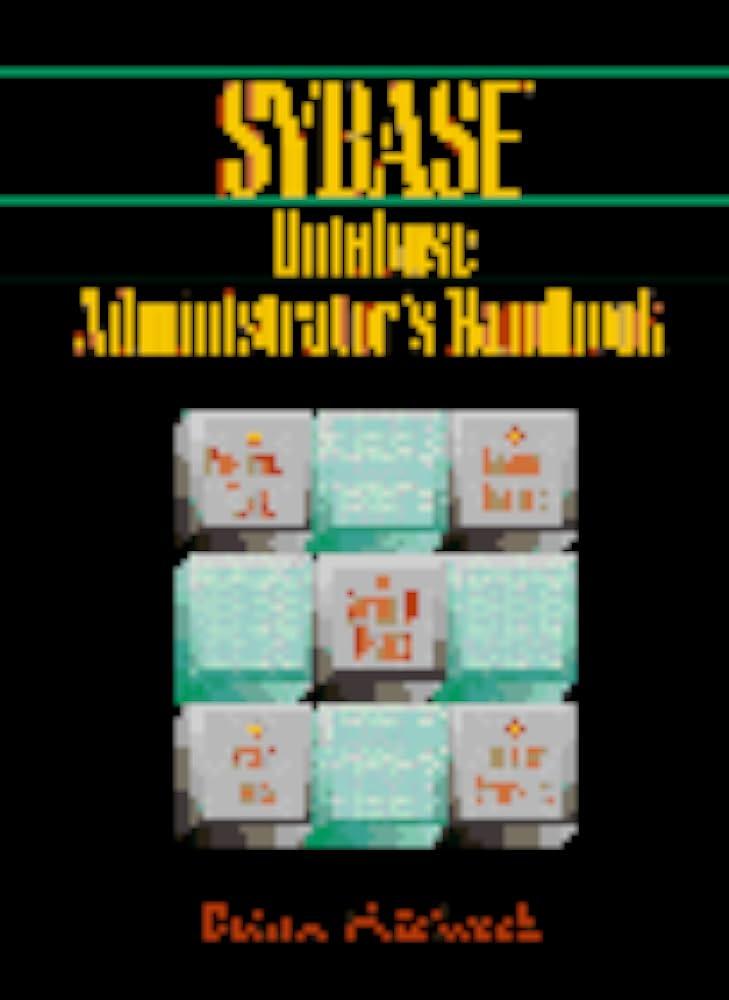Question
public class RoadNetwork extends java.lang.Object Constructor Detail RoadNetwork public RoadNetwork() Creates a state, with no cities, and a maximum size of 500 cities. RoadNetwork public
public class RoadNetwork extends java.lang.Object
Constructor Detail
RoadNetwork
public RoadNetwork()
Creates a state, with no cities, and a maximum size of 500 cities.
RoadNetwork
public RoadNetwork(int maxSize)
Creates a state, with no cities, with the specified maximum size.
Parameters:
maxSize - the maximum number of cities for the network
Method Detail
addCity
public boolean addCity(java.lang.String name)
Adds a city to the state, i.e. the road network. Returns true if, at the end of the method, that city is in the network, and false otherwise. Note that if the city already exists in the network, the city will not be added a second time, and the method will return true to indicate that the city is in the network. The only reason this method should fail is if the road network has reached its maximum size.
Parameters:
name - the name of the city to add. No two cities may have the same name.
Returns:
true if the city is in the network at the completion of this method, and false if not.
removeCity
public void removeCity(java.lang.String name)
Removes city from the road network. If city has road with any other cities, all roads associated with that city need to be removed. That is, city will be removed from every cities road list. Does nothing if city is not in the network.
Parameters:
name - the name of the city to be removed
containsCity
public boolean containsCity(java.lang.String name)
Returns true if there exists a city in the network with the given name, and false otherwise.
Parameters:
name - the name of the city
Returns:
true if the member exists in the network, and false otherwise
getCityCount
public int getCityCount()
Gets a count of the number of cities in the network.
Returns:
the number of cities in the road network
getCities
public java.lang.String[] getCities()
Returns an (possibly empty) array of all cities in the network, sorted by name.
Returns:
an array of all cities in the network, sorted by name. Returns an array of length 0 if there are no cities in the network.
getDirectlyConnectedCities
public java.lang.String[] getDirectlyConnectedCities(java.lang.String name)
Returns the directly connected cities of a particular city, sorted by name.
Parameters:
name - the name of the city
Returns:
an array of the directly connected cities of the specified city, sorted by name. Returns an array of size zero if the specified city does not exist, or if the city exists but has no connected cities.
connect
public boolean connect(java.lang.String city1, java.lang.String city2)
If city1 and city2 are in the network, then connect them via a road. Returns true if, at the end of the method, id1 and id2 are connected (which could mean they were connected before this method was invoked), and returns false otherwise (which really would only happen if city1 or city2 were not a member in the network.
Parameters:
city1 - the name of one city
city2 - the name of another city
Returns:
true if city1 and city2 are connected directly in the network, and false otherwise.
disconnect
public void disconnect(java.lang.String city1, java.lang.String city2)
Removes city1 from city2's directly connected city list, and removes city2 from city1's directly connected list. Does nothing city1 or city2 are not members, or if they are members but are not directly connected.
Parameters:
city1 - the name of one city
city2 - the name of another city
areDirectlyConnected
public boolean areDirectlyConnected(java.lang.String city1, java.lang.String city2)
Determines whether two cities are connected directly via a road or not.
Parameters:
city1 - the name of one city
city2 - the name of another city
Returns:
true if cities are directly connected, and false otherwise
areConnected
public boolean areConnected(java.lang.String city1, java.lang.String city2)
Determines whether two cities are connected directly or through a chain of roads or not.
Parameters:
city1 - the name of one city
city2 - the name of another city (not necessarily different)
Returns:
true if cities are connected, and false otherwise
degreesOfSeparation
public int degreesOfSeparation(java.lang.String city1, java.lang.String city2)
Returns the degrees of separation between two (not necessarily distinct) cities. Returns -1 if there is no way to get to one city from another through a chain of roads. For example, if Oxford is directly connected to Cincinnati, and Cincinnati is directly connected to Dayton, then: The degrees of separation between Oxford and Cincinnati is 1. The degrees of separation between Oxford and Dayton is 2. The degrees of separation between Oxford and Oxford is 0. The degrees of separation between Oxford and Columbus is -1. Note that degrees of separation is commutative. So, if degreesOfSeparation("A", "B") is 5, then degreesOfSeparation("B", "A") must also be 5.
Parameters:
city1 - the name of one city
city2 - the name of another city (not necessarily different)
Returns:
The number of degrees of separation between city1 and city2, or -1 if the two are not connected directly or by a chain of roads.
toString
public java.lang.String toString()
Returns a newline-separated list of cities, including a comma-separated list of each city's directly connected cities. Note that the list of cities should be sorted by name, and each city's list of directly connected cities should be sorted by name. For example: Akron [Athens, Columbus, Toledo] Athens [Akron] Cincinnati [Dayton] Columbus [Akron, Dayton] Dayton [Cincinnati, Columbus] Toledo [Akron]
Overrides:
toString in class java.lang.Object
Returns:
A newline-separated list of cities, with each city's directly connected cities, both sorted by name.
Step by Step Solution
There are 3 Steps involved in it
Step: 1

Get Instant Access to Expert-Tailored Solutions
See step-by-step solutions with expert insights and AI powered tools for academic success
Step: 2

Step: 3

Ace Your Homework with AI
Get the answers you need in no time with our AI-driven, step-by-step assistance
Get Started


